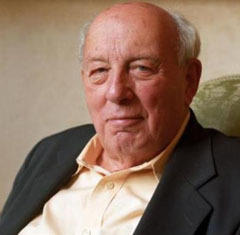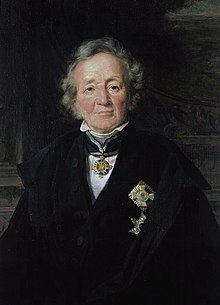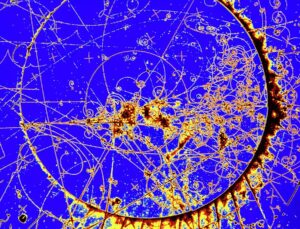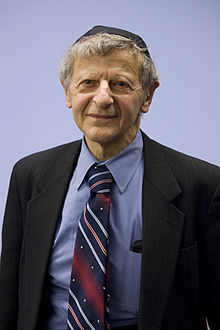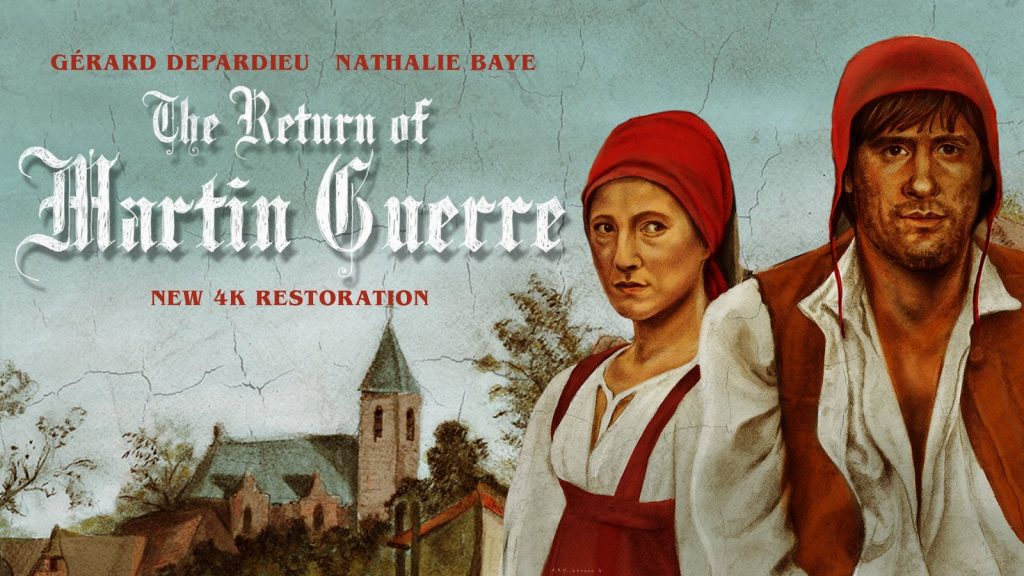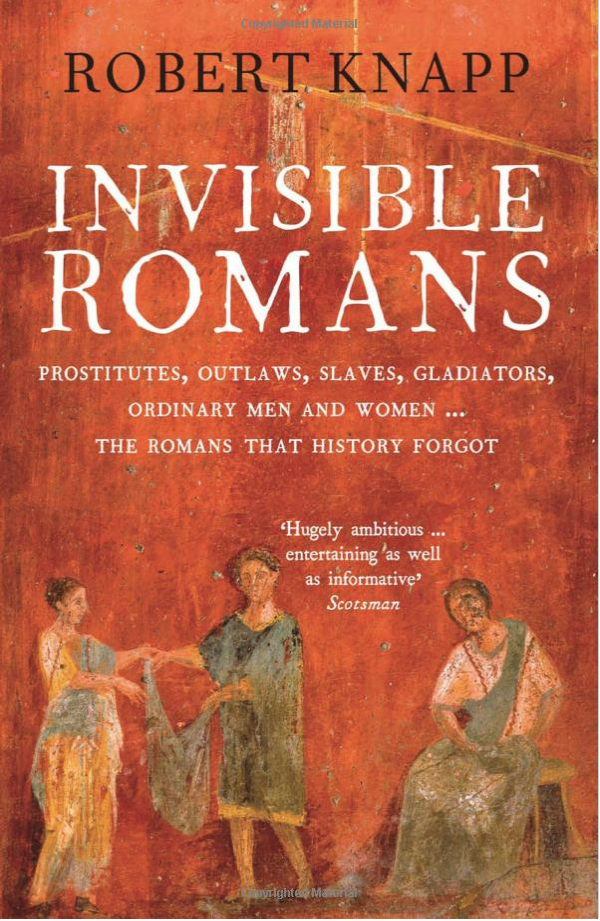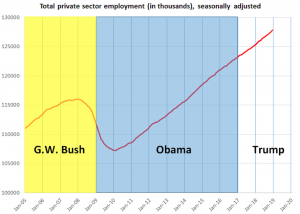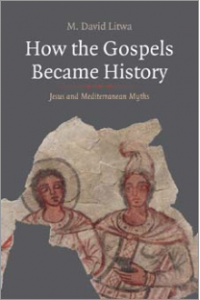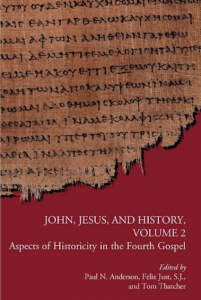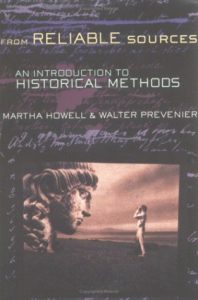My interest in these posts is in reviewing the basis for some historical fact behind the Biblical narrative of Josiah’s reforms. Other questions about the textual problems in 2 Kings 22-23 and difficulties with identifying in that passage the discovery of the book of Deuteronomy will come later.
So after discussing the evidence of seal images and amulet inscriptions, Christoph Uehlinger (UC) clarifies the question he is addressing:
Within the limits of this article, we may cut down the historical problem to the following question: Does 2 Kings 23 list measures that are most plausibly understood against the background of the political and religious situation of Judah during the latter part of the seventh century BCE than at any other period? (CU, 300 — all bolded highlighting is mine)
UC’s answer to his question:
At least two measures appear to be directed against cult practices or institutions whose introduction in Judah must have been originally connected with the Assyrian expansion and the accompanying reception of Assyro-Aramean traditions of astral cults:
- the removal of the horses and chariots of the sun-god
- and the suppression of the כמרים priests.
(300 – my formatting)
Horses and Chariots of the Sun God

2 Kings 23:11 (NIV)
He removed from the entrance to the temple of the Lord the horses that the kings of Judah had dedicated to the sun. They were in the court near the room of an official named Nathan-Melek. Josiah then burned the chariots dedicated to the sun.
The Hebrew word for “official” in that text (סָּרִ֔יס — saris) is understood to be an Assyrian civic title, not a local religious or priestly one.
The horses are probably living animals, not crafted statues, given that the Hebrew uses the word for “dedicated” or “ordained” as with priests (v.5) and not the word for “made” that is used in connection with roof top altars that were removed (v.12). Further, they appear to require the care of an official.
The connection between horse and sun-god has no tradition in Palestine itself but is typical of Assyria, especially during the late eighth and early seventh century (the time of Sargon and Sennacherib), when the horse was repeatedly represented as the symbolic animal of the sun-god.
(302)
The Assyrians used horses dedicated to the sun god for divination purposes. But as UC acknowledges, the Assyrians were no longer a presence in Judah at the time of Josiah, having been replaced by the Egyptians. At most, UC can suggest that since Assyria was long gone, the “time was ripe to come back to local [Yahwistic] custom”. He adds that removing cult horses would also have a cost-saving benefit.
“Idolatrous Priests”
2 Kings 23:5 (NIV)
He did away with the idolatrous priests appointed by the kings of Judah to burn incense on the high places of the towns of Judah and on those around Jerusalem—those who burned incense to Baal, to the sun and moon, to the constellations and to all the starry hosts.
The word being translated as “idolatrous priests”, kemarim (כְּמָרִ֗ים), is of Syrian origin and associated with the moon god. Given the rarity of the term in the Hebrew Bible it may be inferred that these priests were no longer present after the exile, and if so . . .
It is therefore scarcely conceivable that their dissolution by King Josiah was only an invention of a post-exilic redactor. (305)
Roof Altars
2 Kings 23:12 (NIV)
He pulled down the altars the kings of Judah had erected on the roof near the upper room of Ahaz, and the altars Manasseh had built in the two courts of the temple of the Lord. He removed them from there, smashed them to pieces and threw the rubble into the Kidron Valley.
Zephaniah 1:5 and Jeremiah 19:13 link roof-top worship to astral deities.
The passages quoted from the books of Zephaniah and Jeremiah, which assume that worship on the roofs continued after Josiah’s reform, therefore do not contradict the historicity of Josiah’s measures, since they remained confined to the temple and, again, affected a specific cult practice, namely sacrifice. (305)
Conclusion — and my response
CU thus suggests that the end of the seventh century “offers the most plausible religious-historical background for the three reform measures discussed above.” That may be so, but are we still not a step away from establishing whether or not any reforms took place at all?
UC underscores the following points:
- All three purges (horses/chariots, idolatrous priests, roof altars) relate to “practices that have lost their plausibility in view of the changed political climate with . . . lessened contacts with northern Syria and Assyria.”
- All three focus on the Jerusalem Temple.
- All three are associated with astral worship.
On the other hand, one may be inclined to think that points 1 and 3 had little relevance by the time of Josiah given that they are more closely associated with Syrian and Assyrian practices and those powers had lost their influence over Judah by Josiah’s time.
UC is seeking a midway between “minimalists” who rely on the archaeological witness to the exclusion of textual narratives that cannot be established as existing until generations later, and “maximalists” who rely on the textual narrative unless it can be proven in error. I am not so sure that a mid-way can be justified. Yes, UC can point to historical data that coheres in varying degrees with the biblical narrative, but by interpreting that data through the biblical narrative — even allowing for modifications to that narrative to make it fit the known historical and archaeological details — is still fundamentally a method that relies on a late text to through which to interpret much earlier data.
But how would/does UC respond to my misgivings? Here are five pertinent passages with my responses.
One:
However, ‘methodological minimalists’ should not take their task too easily. Measures possibly taken under king Josiah in order to redesign the Judahite state cult cannot simply be dismissed because they are not explicitly mentioned as such in primary sources: such a conclusion would proceed from an argumentum e silentio which should be inadmissible for maximalists and minimalists alike. (285f)
“Simply be dismissed because …. not explicitly mentioned” can be taken as a pejorative put-down of the methodology of the “minimalists”. Rather, I don’t see any question of “dismissing” information that is “not explicitly” clear in the sources. Instead of “dismissal” of the “non-explicit” there is an attempt to examine each type of evidence in its own right. One might justifiably prefer to examine primary or archaeological sources independently of any other kind of evidence as the first stage of research. The second stage would be to examine the secondary narrative sources independently as far as possible against their verifiable provenance. In other words, the secondary sources for Josiah should, as far as possible, be studied as primary sources for the time and place from which they originate. Where we cannot be certain about their provenance, it is reasonable to see how the narratives might be explained in the context of the earliest period for which we can establish their existence. If nothing makes sense in that independently confirmed context, then we can test the narratives against earlier and more hypothetical periods of origin.
There is no argumentum e silento. The arguments are attuned to the voices of each type of evidence within its own verifiable context. Nor is this taking a “too easy” route. One might even say that the problems to be solved are doubled since we are grappling with two types of evidence, each on its own terms, instead of rationalizing them into a third source that is of our own making and that means we have to fudge the edges of both sources to make them fit with each other.
Two:
No serious historian should dismiss secondary sources on the sole argument that they cannot be confirmed with utter precision. On the other hand, we must of course endeavor to build only upon such secondary sources that plausibly fit the primary framework based on primary sources. (307)
Again, I wonder if I am right to detect another slight pejorative in the expression “with utter precision”. “Utter precision” might seem to imply that there can be room to fudge our data to make it fit a hypothesis. I don’t see anything wrong with accepting date ranges for known data (astral seal images, the influence of Assyrian cult in Judah, the silver amulets) and working with where they lead – whether stopping short of Josiah’s time or extending either side of it. Let the data speak without trying to refine it more precisely than it is.
When UC calls for using secondary sources “that plausibly fit the primary framework”, I think this and earlier posts have shown that his method is problematic. Rather than take the biblical narrative about Josiah’s cult centralization or purification or renewal, he has not UC actually changed the biblical narrative so that we come to imagine Josiah merely discarding practices that were no longer relevant in his time (e.g. Assyrian astral worship) or even undertaking a cost-saving measure? By reimagining the narrative to “plausibly fit” the primary evidence, has not UC actually replaced the biblical narrative with a new and different account that exists nowhere except in the historian’s imagination? Certainly, we can hypothesize that the author changed the facts before him to create a new narrative of more significant theological import, but why not simply hypothesize that the author drew upon known customs and traditions to create a historical fiction in a manner not very different from historical novelists do today?
Three:
The minimalist approach becomes extremely maximalist when it approaches the sources with inappropriate expectations, just to drop them as soon as they do not respond to gross questions. . . . We can know so little about the past, that we should endeavor to interpret adequately what little we have. (307)
There is an implicit circularity here, I think. Yes, we “know so little about the past”. And by all means we certainly “should endeavor to interpret what little we have.” It is not valid to see how we can make disparate sources from variable provenances throw light on each other until we first establish a valid argument that they are related in the way tradition and orthodoxy have led us to believe they are related. If we make invalid assumptions about the genre and provenance of our written sources we will almost certainly not be advancing genuine historical knowledge if we try to relate them to the real history behind their surface narratives. We would be in gross error if we found ourselves using Walter Scott’s novels to reconstruct medieval England, or Geoffrey of Monmouth’s saga to reconstruct a historical King Arthur. But this returns me to my response to point #One above.
Four:
Nothing remains for exegetes interested in historical research but to take note of the new methodological hierarchy which implies the necessary subordination of non-archaeological, secondary documentation, including the biblical texts, to primary data. (308)
Yes and no. Certainly there is a hierarchy of sources about any given time and place in the past. Primary sources, those produced in the time in question, surely take precedence. That does not mean we accept them uncritically because we know kings like to stretch the truth when making public boasts. But sources that derive from a later time need to be assessed according to what their authors could have known and what they wanted their audiences to read and believe. Those things may not cohere with the realities of the past. If those later sources can, however, demonstrate that they themselves are drawing upon “primary sources” since lost to us, then we are indeed fortunate in having more witnesses about the past to help us in our research.
But what is not allowed, in my view, is using a hierarchy such as the following:
- Exhaust all we can from primary sources
- Finding that we still lack much desired information, turn to secondary sources
- Use secondary sources to fill in the gaps.
No, valid historical research is not that simple. Here is a valid approach:
- Exhaust all we can from primary sources
- Finding that we still lack much desired information, turn to secondary sources to see if they contain evidence of further primary sources otherwise lost to us, (or see if they contain information that is evidently reliant upon lost primary sources otherwise lost to us)
- Use the data from primary sources evident in the secondary sources.
Five:
In the interest both of historical and theological research, we should therefore neither overstrain this link with historicist or biblicist naiveté, nor simply leap over the gap with dismissively minimalist assumptions. (308)
I hope my above responses have demonstrated that a valid “minimalist” approach is not “dismissive” of any justifiable source material.
Next post, I’ll consider another argument to explain the existence of the Josiah reform narrative in 2 Kings 22-23.
Uehlinger, Christoph. “Was There a Cult Reform under King Josiah? The Case for a Well-Grounded Minimum” In Good Kings and Bad Kings: The Kingdom of Judah in the Seventh Century BCE, edited by Lester L. Grabbe, 279–316. London: T&T Clark, 2007. https://www.academia.edu/19958547/Was_There_A_Cult_Reform_under_King_Josiah_The_Case_for_a_Well_Grounded_Minimum_2005_


